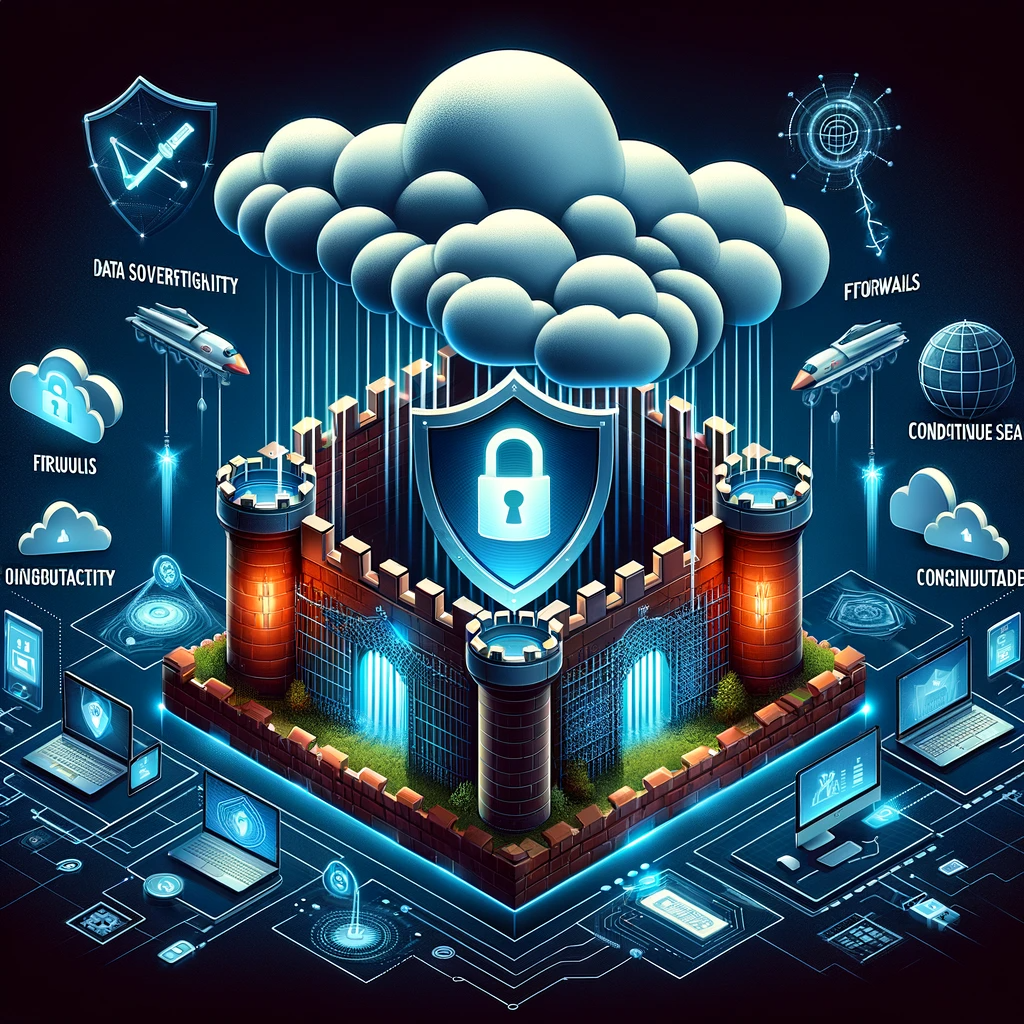Cybersecurity for the Modern Enterprise
By: A Staff Writer
Updated on: Mar 05, 2024

5 Game-Changing Approaches to Cybersecurity for the Modern Enterprise.
In the era of relentless digital transformation, cybersecurity stands as the vanguard of enterprise integrity. Cyber threats are becoming more sophisticated and frequent, demanding a revolution in how companies approach cybersecurity. According to IBM, the average cost of a data breach was a staggering $4.24 million in 2021, highlighting the financial gravity of cyber risks. Let’s delve into five game-changing approaches that Chief Information Security Officers (CISOs) and other tech leaders should consider to enhance cybersecurity measures in modern enterprises.
1. Zero Trust Architecture
The traditional “trust but verify” model gives way to a “never trust, always verify” paradigm. The Zero Trust architecture assumes that threats can come from anywhere—even within your organization.
How It Works:
- Network segmentation: Divide your network into micro-perimeters.
- Strict Identity Verification: Use Multi-Factor Authentication (MFA) for all users.
According to MarketsandMarkets, the global Zero Trust Security market size is expected to grow from $19.6 billion in 2020 to $51.6 billion by 2026.
2. AI and Machine Learning-based Threat Detection
AI and machine learning can analyze large volumes of security data much more efficiently than human analysts, enabling real-time threat detection and remediation.
How It Works:
- Behavioral Analytics: Analyze normal user behavior to detect anomalies.
- Predictive Algorithms: Use historical data to identify potential future threats.
Capgemini Research indicates that 69% of organizations acknowledge that they will not be able to respond to critical threats without AI.
3. Cybersecurity Mesh
A cybersecurity mesh allows you to define a security perimeter around individual people or devices rather than an entire corporate network, providing more adaptable security.
How It Works:
- Decentralized Policies: Apply security walls around individual resources.
- Adaptive Access: Tailor security measures based on the user role and context.
Gartner lists Cybersecurity Mesh as one of the top security and risk management trends in 2021.
4. Extended Detection and Response (XDR)
XDR consolidates multiple security products into a cohesive security incident detection and response platform, providing a more integrated and automated approach to security.
How It Works:
- Data Aggregation: Combine data from endpoint, network, and cloud security.
- Automated Response: Enable quicker incident response through automation.
According to a Forrester report, 86% of respondents agree that XDR solutions improved their security posture.
5. Secure Access Service Edge (SASE)
SASE combines network security functions with wide-area networking (WAN) capabilities to support dynamic, secure access to organizational assets.
How It Works:
- Unified Platform: Combine network and security services into a single cloud-based platform.
- Identity-Driven: Policies are applied based on user identity and real-time context.
Gartner predicts that by 2024, 40% of enterprises will consider adopting SASE, up from less than 1% at the end of 2018.
The dynamic and ever-evolving nature of cyber threats calls for a flexible and innovative approach to cybersecurity. Traditional measures are fast becoming obsolete, requiring technology leaders to adapt and invest in advanced methodologies. Strategies like Zero Trust Architecture, AI-based threat detection, Cybersecurity Mesh, XDR, and SASE are transforming the way enterprises protect their digital assets. As cyber risks continue to escalate in both complexity and scale, adopting these game-changing approaches is no longer just an option—it’s a necessity for safeguarding your organization in the modern digital landscape.